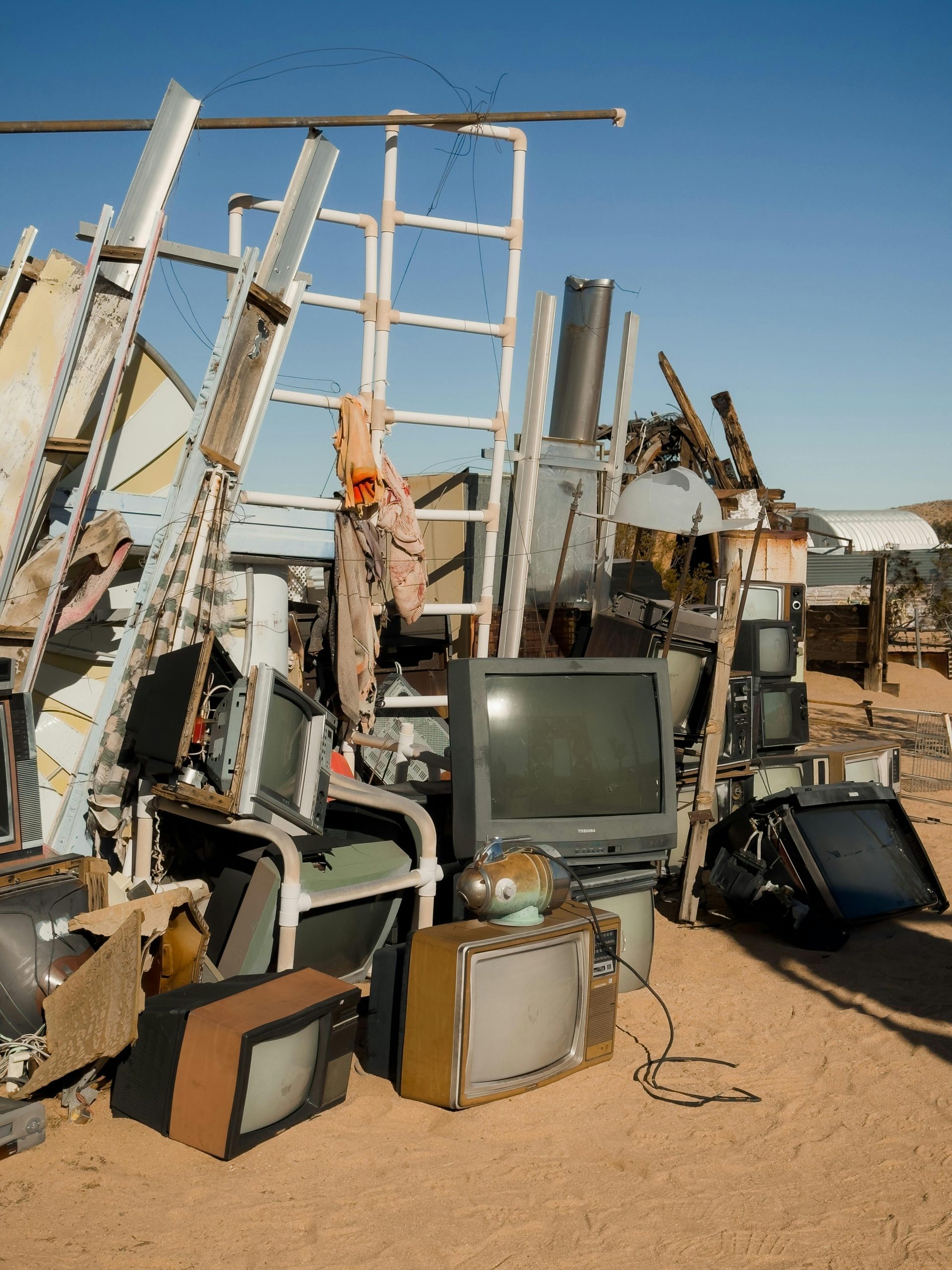Title: From Trash to Treasure: Evaluating a Salvaged Computer’s Potential
In today’s fast-paced world of technology, it’s not uncommon to come across discarded electronics that still have life left in them. Recently, I stumbled upon an old computer that had been tossed aside, and it sparked my curiosity. With just a replacement hard drive needed, I’m contemplating whether this seemingly forgotten device is worth the effort to restore.
When examining salvaged electronics, it’s essential to consider a few key factors. First and foremost, assess the overall condition of the hardware. Check for any potential damage or missing components that may hinder its functionality.
Next, think about the specifications of the device. While older computers can often be upgraded, it’s important to ensure that the investment in parts and time will result in a usable machine. If the model is too outdated, it may not be worth the resources required to bring it back to life.
Adding a new hard drive could breathe new life into this old system. A hard drive replacement is a manageable task for many, and it could facilitate an upgrade to a more efficient operating system, expanding its capabilities markedly.
Ultimately, the decision to keep this salvaged treasure comes down to its practicality and my specific needs. If it has the potential to serve a purpose or even become a secondary device for light tasks, it might just be a worthy endeavor.
Have you ever revived a discarded electronic? Share your experiences and tips below!
Share this content:




If you’re considering restoring your salvaged computer, it’s great that you’re focusing on the hardware condition and potential upgrades. Before purchasing a replacement hard drive, I recommend checking the current hardware specifications—such as CPU, RAM, and motherboard compatibility—to ensure the new drive will work seamlessly with the existing components. Additionally, if the system is quite old, verify whether the BIOS/UEFI is compatible with modern operating systems to avoid future compatibility issues.
When installing the new hard drive, make sure to choose an appropriate size and interface—most likely SATA for older systems. Performing a clean OS installation can significantly improve performance and stability. If you’re planning to use the system for light tasks, lightweight Linux distributions are a good option to extend its usability and keep resource demands minimal.
Lastly, consider checking for any underlying hardware issues such as failing capacitors or degraded components that could limit the lifespan of your revived system. Running hardware diagnostics can help identify potential problems early on, saving you time and effort in the long run.
If you need detailed guidance on hardware compatibility, installation steps, or OS suggestions, feel free to ask! I’m here to assist you in giving your old device a new lease on life.